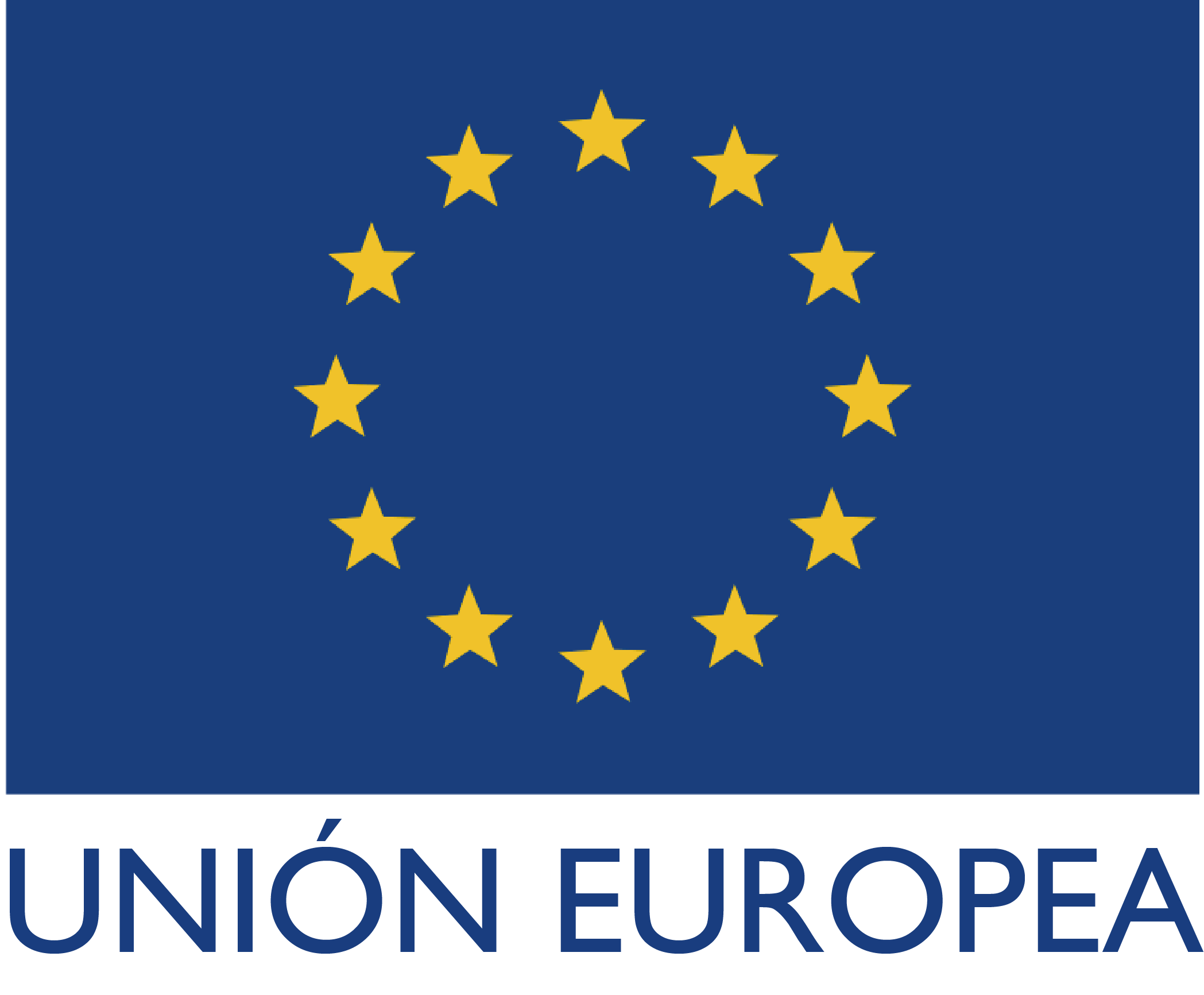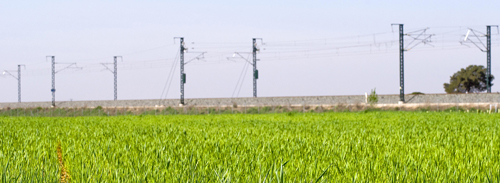High-Speed Network
Spanish high-speed railway
Timeline and Adif's experience in High Speed
Timeline and Adif's experience in High Speed
TIMELINE AND ADIF’S EXPERIENCE IN HIGH-SPEED
The commissioning of the first high-speed line, Madrid-Seville in April 1992, meant the connection of the provinces of Madrid, Ciudad Real, Cordoba and Seville, which then had a population of 7,838,000 people, distributed as follows: Madrid, 4,973,100; Ciudad Real, 475,620; Cordoba, 756,570, and Seville 1,632,710, which, out of the total Spanish population of that year (39,003,500) represented slightly more than 20%.
Twenty-five years later, from those initial four provinces with high-speed services, a total of 28 provinces now have one or more connections to high-speed services in their geographic area.
In this way, the 47 stations connected to the high-performance network and through which high-speed trains pass allow around two thirds (approximately 68%) of the Spanish population to benefit from a network that has increased the number of potential beneficiaries by around 400%, reaching 31,400,000.
High-Speed Lines under construction
Protection of the environment and cultural heritage
One of Adif Alta Velocidad's top priorities in constructing new infrastructures is respect for the environment in which works are carried out, minimizing the impact and facilitating subsequent environmental integration. An example of this is the important commitment that led to the approval, in 2006, of Adif's Strategic Quality and Environment Plan. In this document, environmental monitoring and sustainability are established as basic principles for shaping policies aimed at protecting the environment and historical heritage.
Spanish technological and technical expertise
Spain is a world leader in high-speed rail designs and projects, in communication and signalling systems, in its capacity to build and maintain efficient and interoperable infrastructures at competitive prices, and in providing proprietary traffic management systems to ensure greater safety and efficiency.
The Spanish railway sector is at the forefront of technology, thanks to the development of interoperability and integration of the best railway technology (some developed in-house). It also excels at managing large projects, ensuring quality, price and delivery times.
Connection with Europe: Interoperability and ERTMS
Spain is at the forefront of research and development in ERTMS.
ERTMS (European Rail Traffic Management System) is a command and control system for trains, designed to ensure that signalling and communications between the track infrastructure and on-board train equipment are compatible throughout Europe, thus progressing towards railway traffic interoperability between EU countries.



